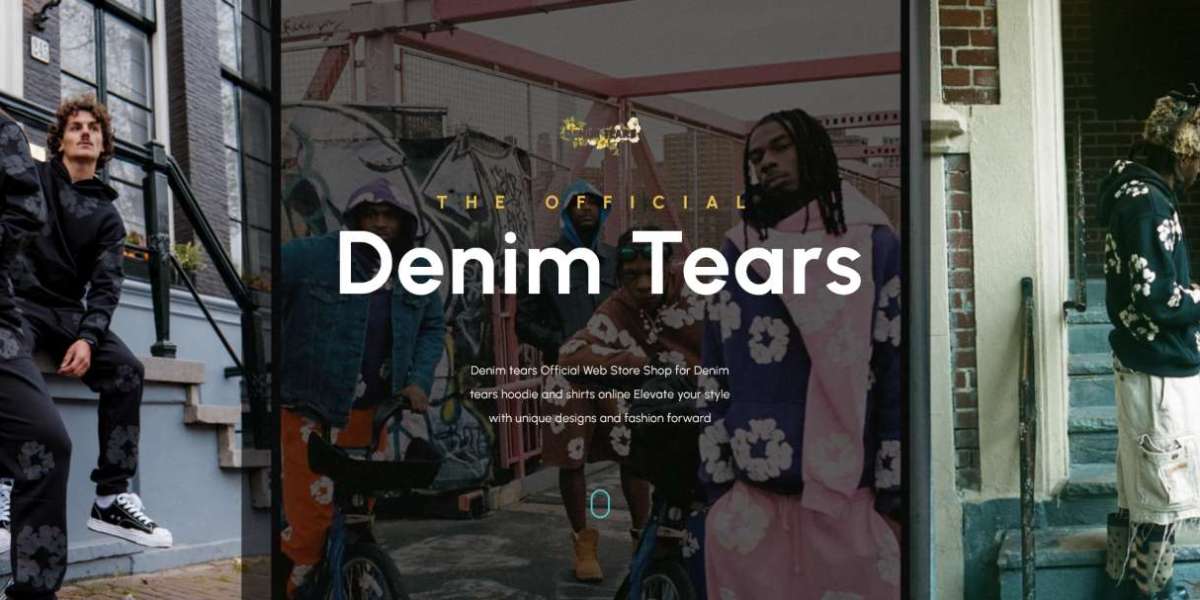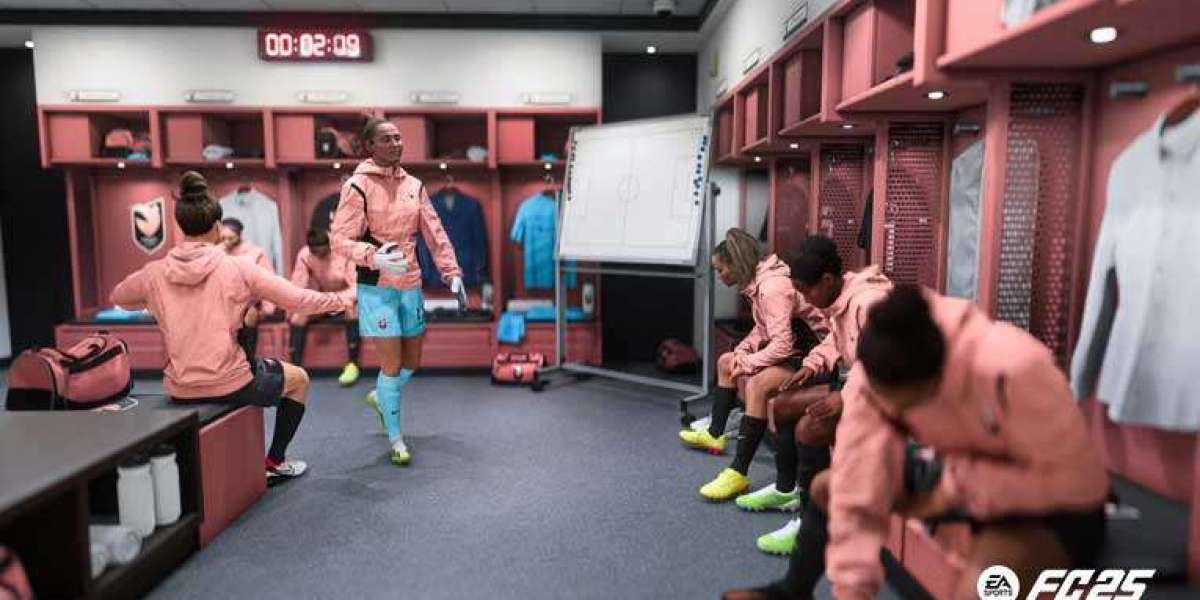In the ever-evolving world of fashion, where trends often eclipse meaning, one brand has managed to carve a space that is not only stylish but soul-stirring—Denim Tears. Founded by Tremaine Emory, Denim Tears is not just a label but a profound commentary on the African American experience, steeped in grief, resistance, remembrance, and hope. The brand stands as both a tribute and a protest, an aesthetic and a political declaration. This blog aims to unpack the story, symbolism, and significance of Denim Tears, showing how it occupies the space between grief and glory.
The Man Behind the Message: Tremaine Emory
To understand Denim Tears, one must first understand its founder. Tremaine Emory, also known as “The Denim Tear,” is more than a designer. He is a storyteller, a cultural historian, and a provocateur. Before launching his brand in 2019, Emory had already worked with some of the biggest names in fashion and music, including Kanye West, Virgil Abloh, and Frank Ocean. His close ties to influential cultural creators allowed him to absorb the pulse of contemporary fashion and culture, but it also gave him a platform to say something different—something urgent.
Emory's decision to found Denim Tears wasn’t based on filling a gap in the market but on filling a void in the conversation. He wanted to create a brand that would confront America’s brutal past and present it in a way that could not be ignored. His designs do not whisper; they speak loudly, mournfully, and with a sense of ancestral pride.
Denim as a Symbol of Oppression and Resistance
The choice of denim as the canvas for Emory’s storytelling is no coincidence. Denim has a deeply rooted history in America, particularly in the lives of enslaved Africans and their descendants. It was the material worn in the fields, the fabric of forced labor. By reclaiming denim and turning it into a high-fashion medium, Emory transforms what was once a symbol of oppression into a badge of resistance and remembrance.
One of the brand's most iconic pieces is the cotton wreath denim jeans. The jeans feature embroidered white cotton wreaths arranged in a circular pattern, referencing the cotton fields where enslaved African Americans were forced to work. But these wreaths also resemble memorials—symbols of loss, death, and respect. Through this dual imagery, Emory crafts a powerful visual metaphor: a mourning for the past and a refusal to forget.
A Dialogue with History
Denim Tears does not simply reference history—it engages with it in conversation. Emory's collections often drop on significant dates, like the 400th anniversary of the first African slaves arriving in America (1619–2019). This intentional alignment with historical milestones elevates each garment from mere product to commemorative artifact.
Moreover, the brand collaborates with institutions such as the Smithsonian's National Museum of African American History and Culture, further rooting its work in scholarship and historical integrity. These collaborations help bridge the gap between art, fashion, and education. By doing so, Denim Tears asks its audience not just to wear something meaningful but to know what they’re wearing.
Art, Fashion, and Protest
In an era where streetwear often merges with luxury, Denim Tears occupies a distinct intersection: that of art, fashion, and protest. Emory’s pieces are not made for mass appeal. They are provocative, sometimes uncomfortable, and always reflective. His work challenges the commodification of Black culture in mainstream fashion, pushing back against the industry’s tendency to appropriate aesthetics without honoring their origins.
Denim Tears serves as a counter-narrative. It takes symbols that have been historically exploited and reframes them. The cotton plant, for example, is not beautified for aesthetic purposes alone—it is contextualized with pain and dignity. The brand forces consumers to consider what it means to wear history on their bodies. Can clothing be a form of protest? For Denim Tears, the answer is a resounding yes.
Community, Culture, and Collaboration
What also sets Denim Tears apart is its approach to collaboration. Rather than treating partnerships as marketing strategies, Emory uses them as extensions of cultural dialogue. Collaborations with Converse, Levi’s, and Uggs, among others, have allowed Denim Tears to spread its message through widely recognized platforms without diluting its message.
These partnerships are always intentional, often combining Emory’s designs with messages about civil rights, historical reckoning, or Black pride. The collaboration with Converse, for instance, featured shoes embroidered with cotton wreaths and accompanied by powerful campaign visuals highlighting the African diaspora. The message remained consistent: remember, honor, resist.
The Emotional Landscape of the Brand
While Denim Tears is grounded in history, it is also deeply emotional. The brand name itself evokes pain and sorrow—tears—but also hints at healing. In wearing Denim Tears, one participates in an act of remembrance. Each piece serves as a soft monument to those who endured unspeakable pain, while also celebrating their strength and survival.
This emotional undercurrent sets Denim Tears apart from other brands that dabble in political imagery. Emory’s designs are not simply messages for the moment but enduring reflections of generational trauma and pride. The grief expressed is never hopeless—it is solemn but purposeful, confronting history not to be consumed by it but to reclaim agency within it.
Fashion as Legacy
Fashion is often seen as ephemeral, but Emory treats it as a form of legacy. His work with Denim Tears is as much about the next generation as it is about the past. Through his designs, Emory hopes to educate, awaken, and empower. He has said that if his clothes can make even one person question the history they were taught or think more deeply about their heritage, then he’s done his job.
Denim Tears is, in that sense, a living archive. It’s wearable testimony. It urges the wearer to walk through the world with awareness—not just of their own identity, but of the historical forces that shaped it.
Conclusion: Between Grief and Glory
Between grief and glory lies truth,Denim Tears Hoodie and that’s where Denim Tears lives. It doesn’t offer easy answers or comfortable narratives. It doesn’t allow its history to be repackaged or sterilized for consumerism. Instead, it demands acknowledgment, reverence, and action.
Tremaine Emory has created something rare in the fashion world: a brand that speaks with both elegance and defiance. Denim Tears is not for everyone, and that’s precisely the point. It’s for those who wish to carry memory with them—not as a burden, but as a banner.
In an industry that often forgets where it came from, Denim Tears insists we remember. And in doing so, it transforms fashion from a fleeting trend into a timeless, sacred space—one that honors the past and dares to imagine a more truthful future.







